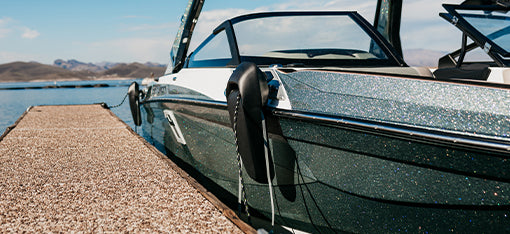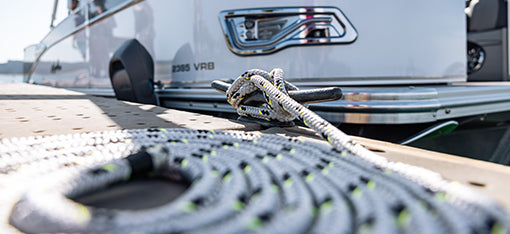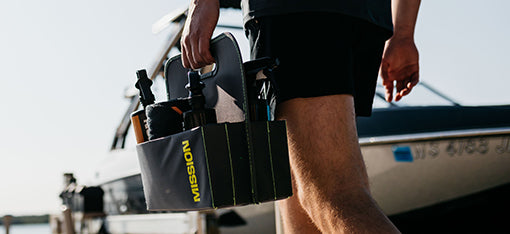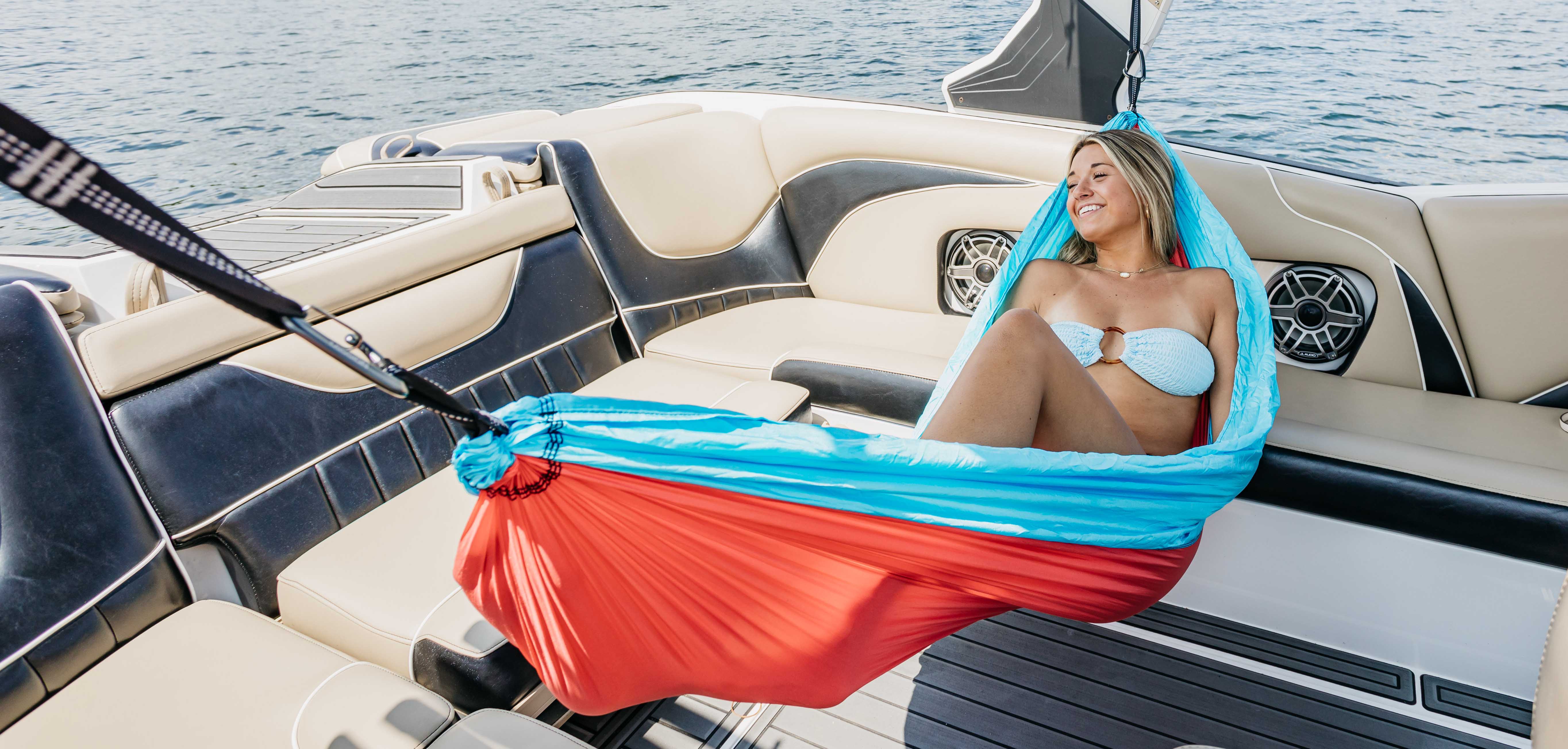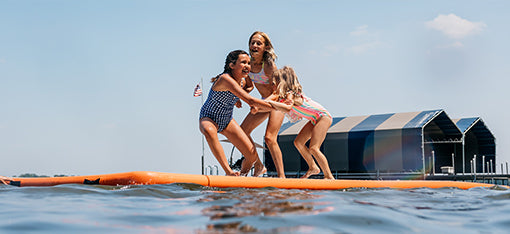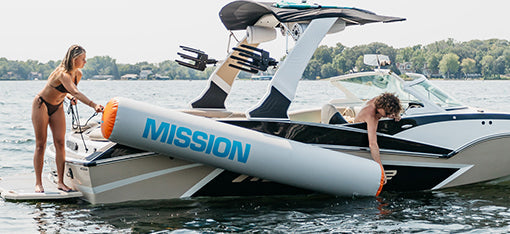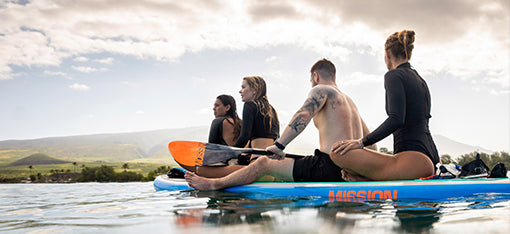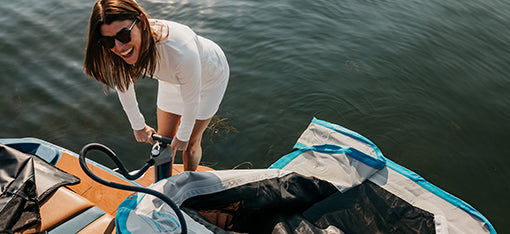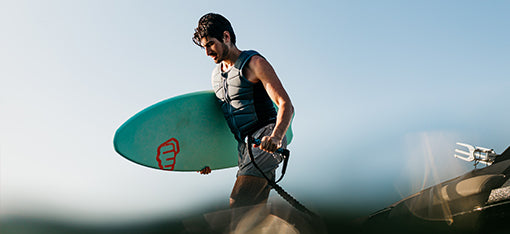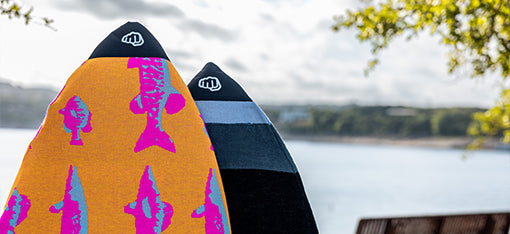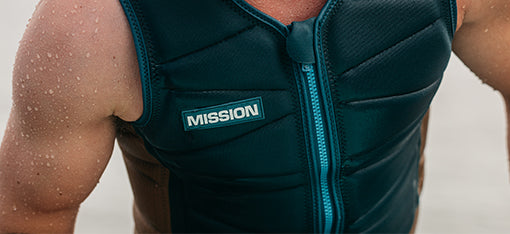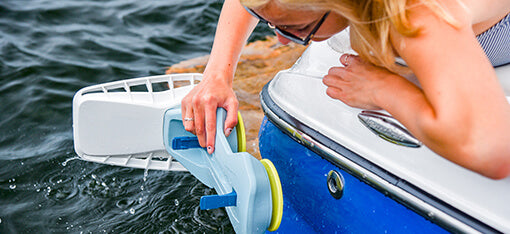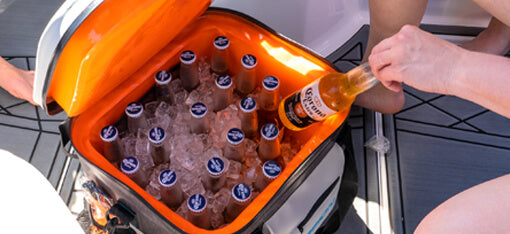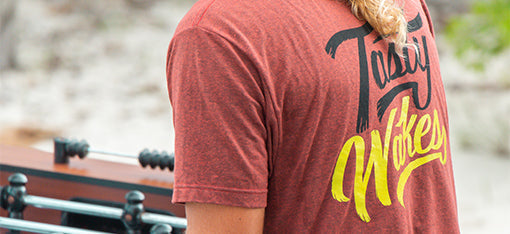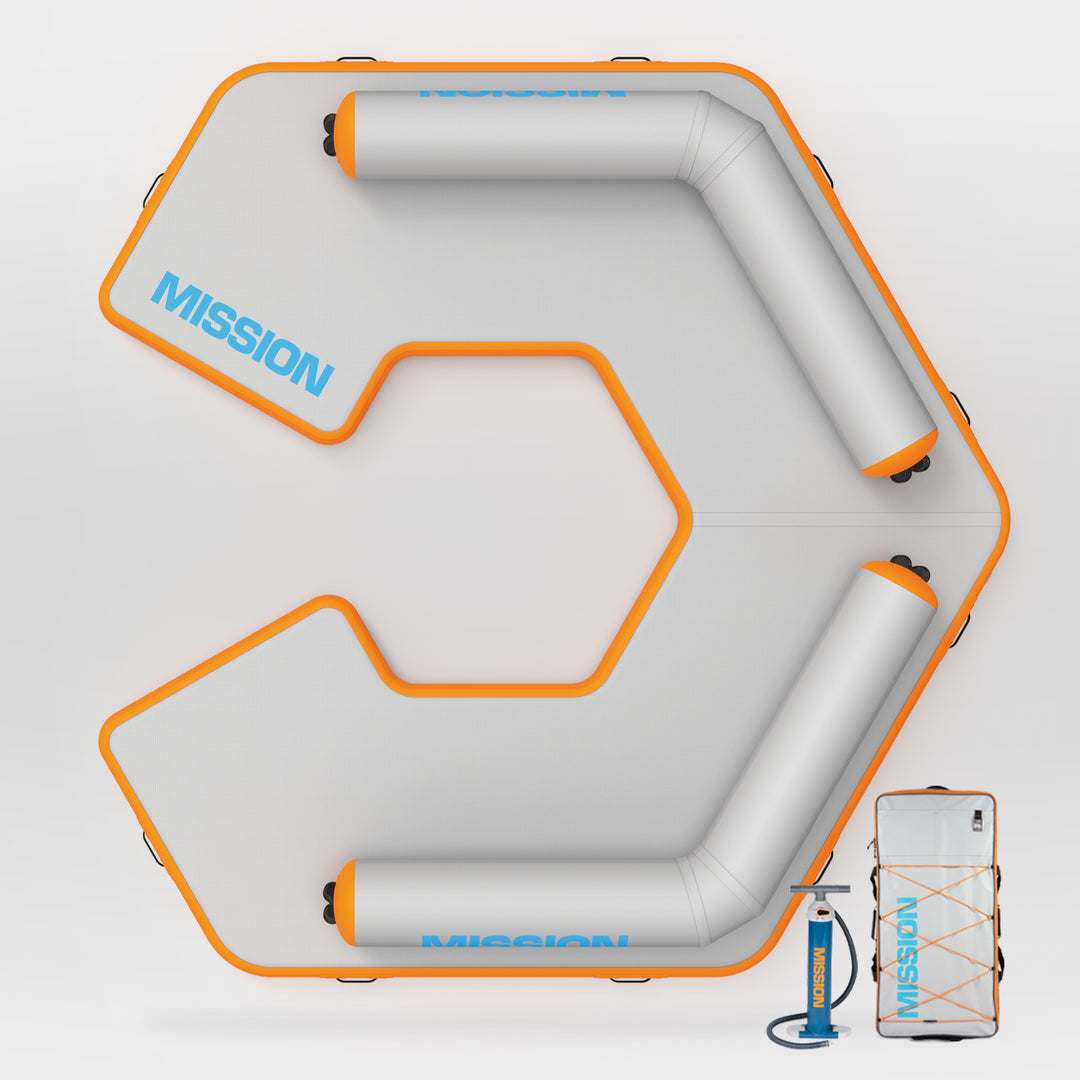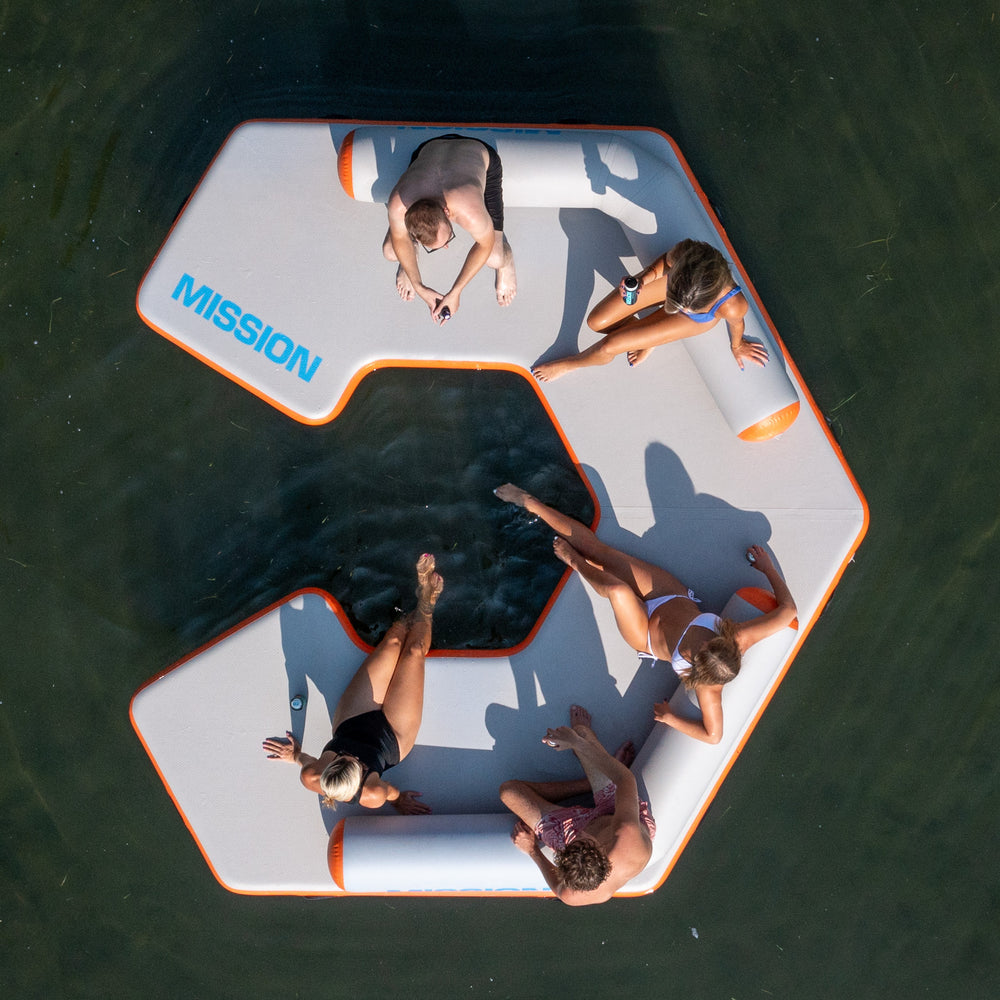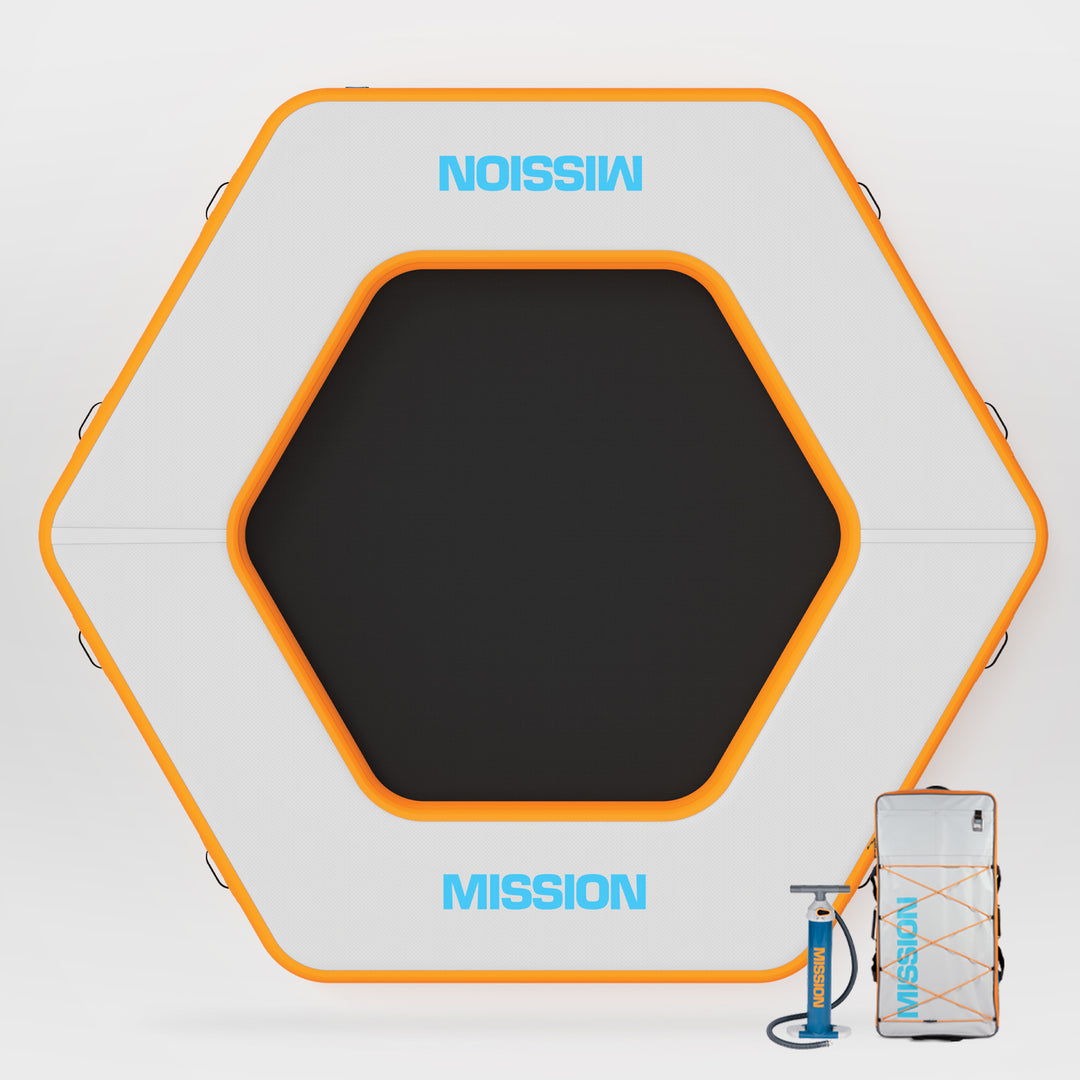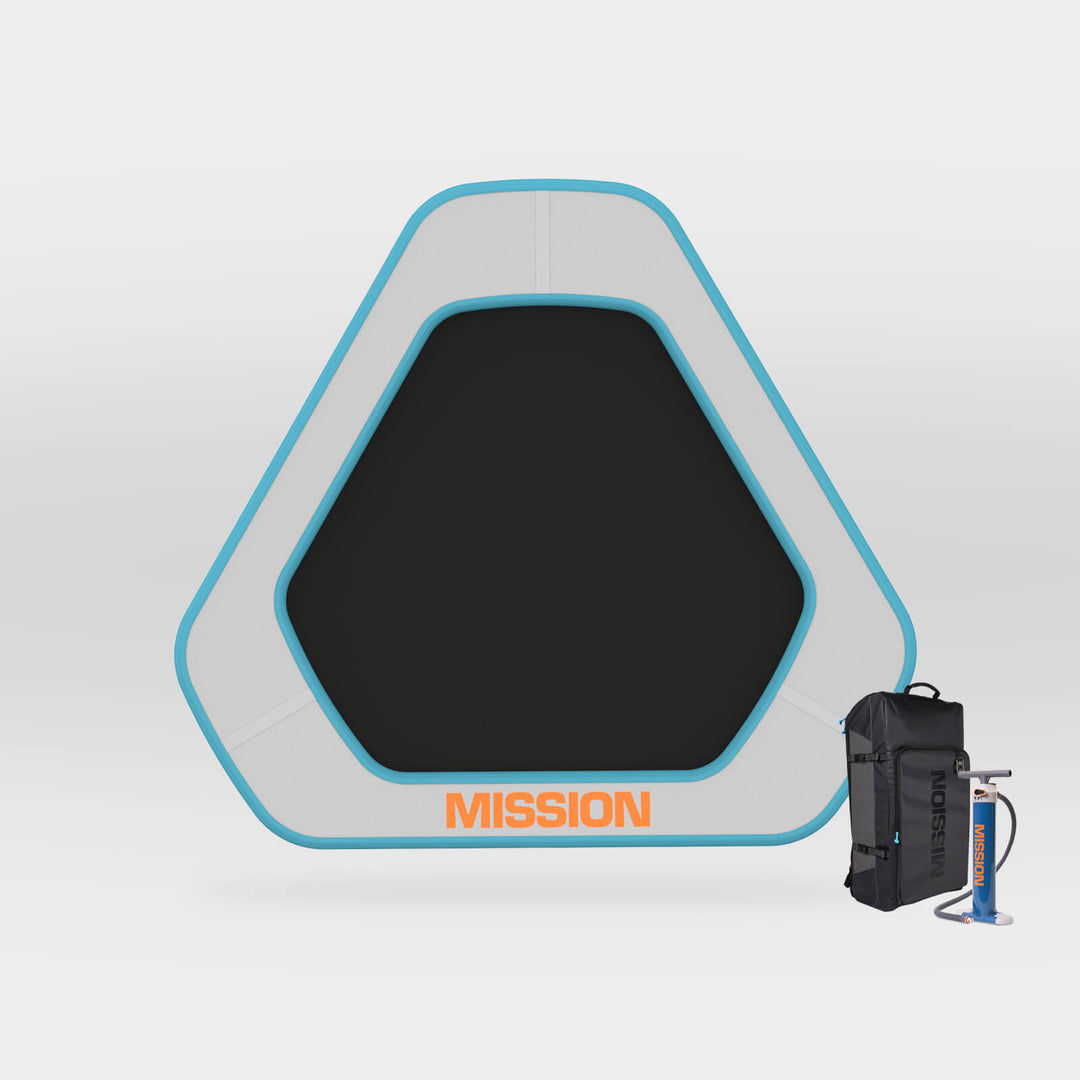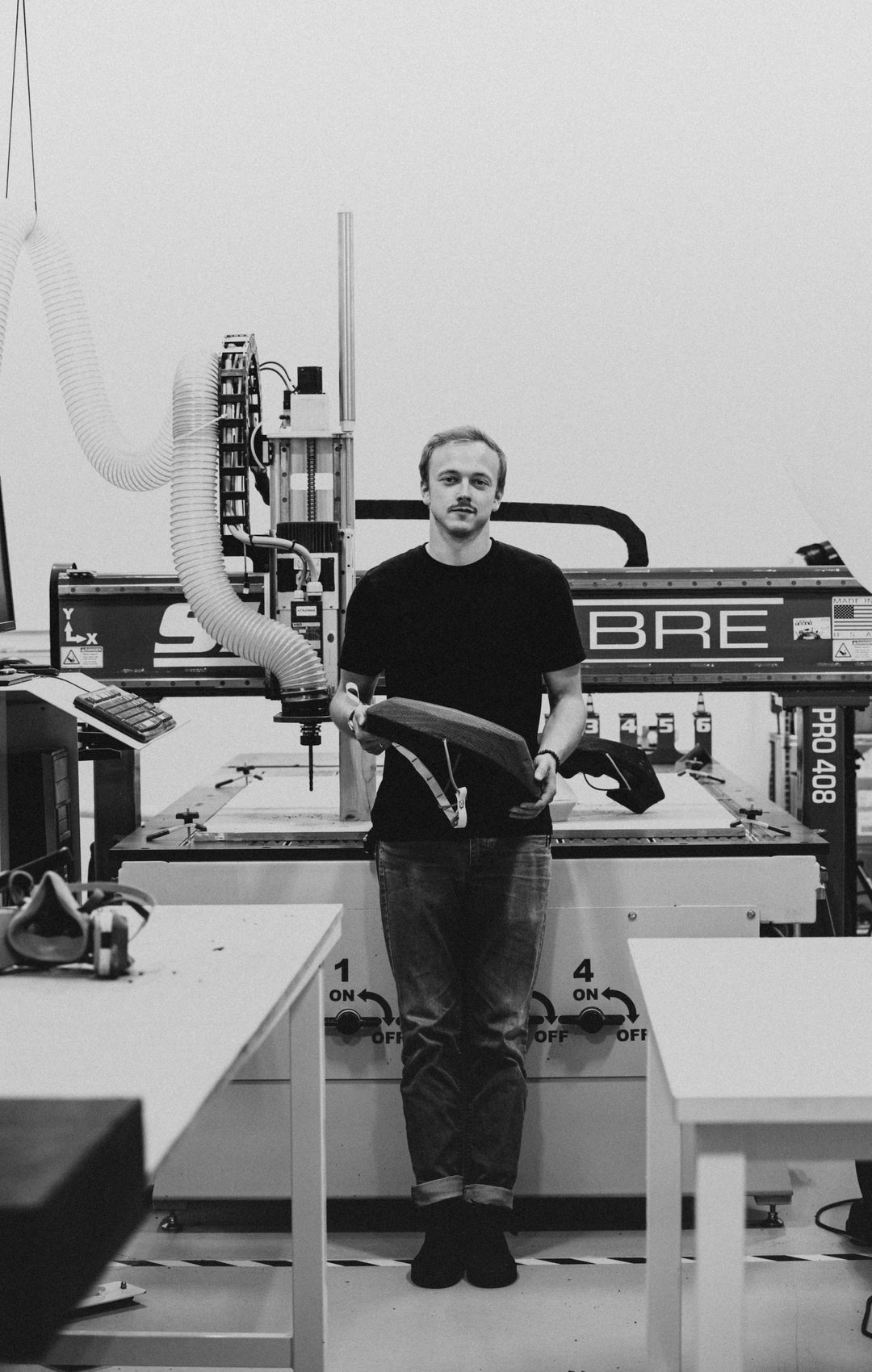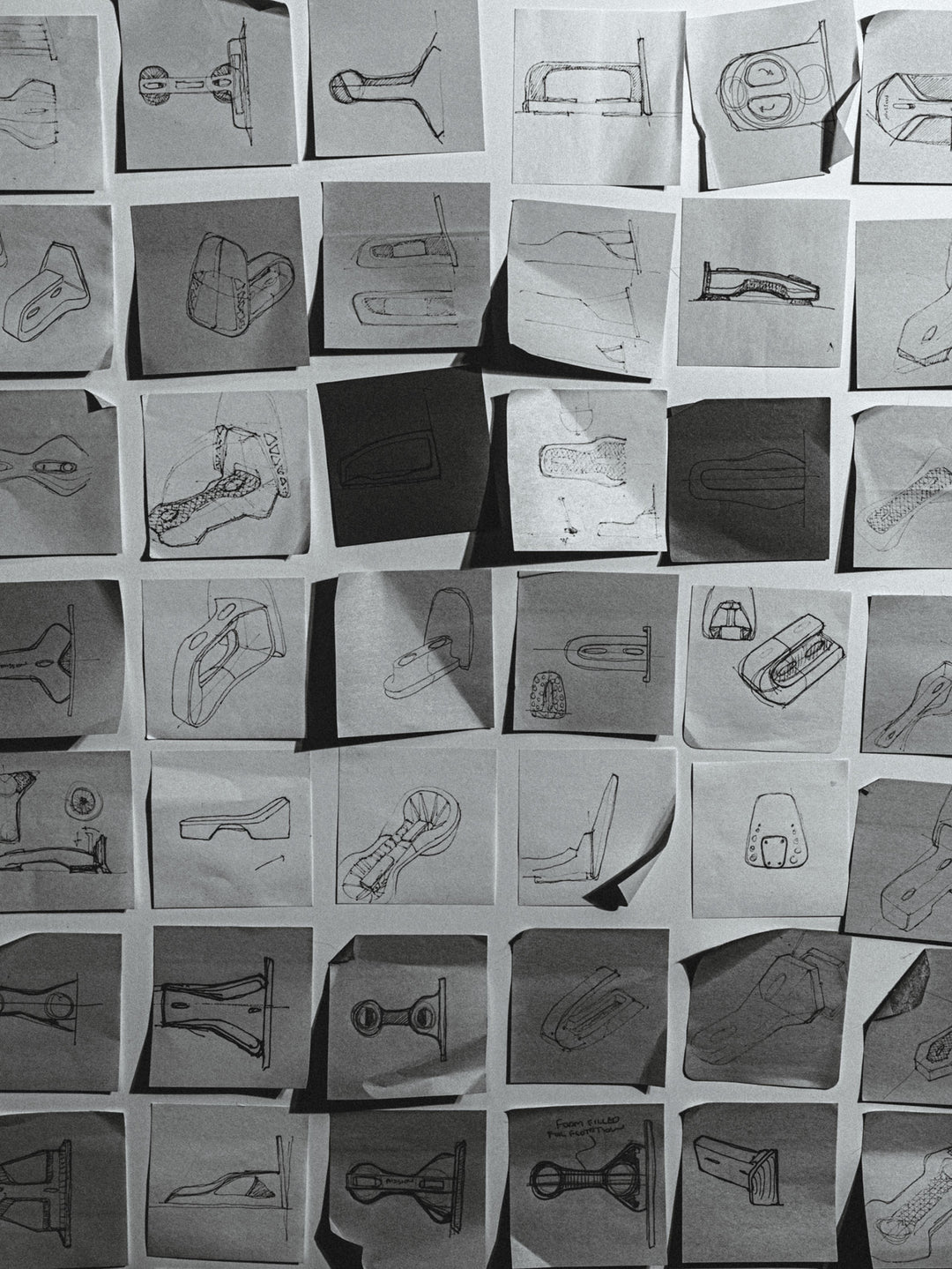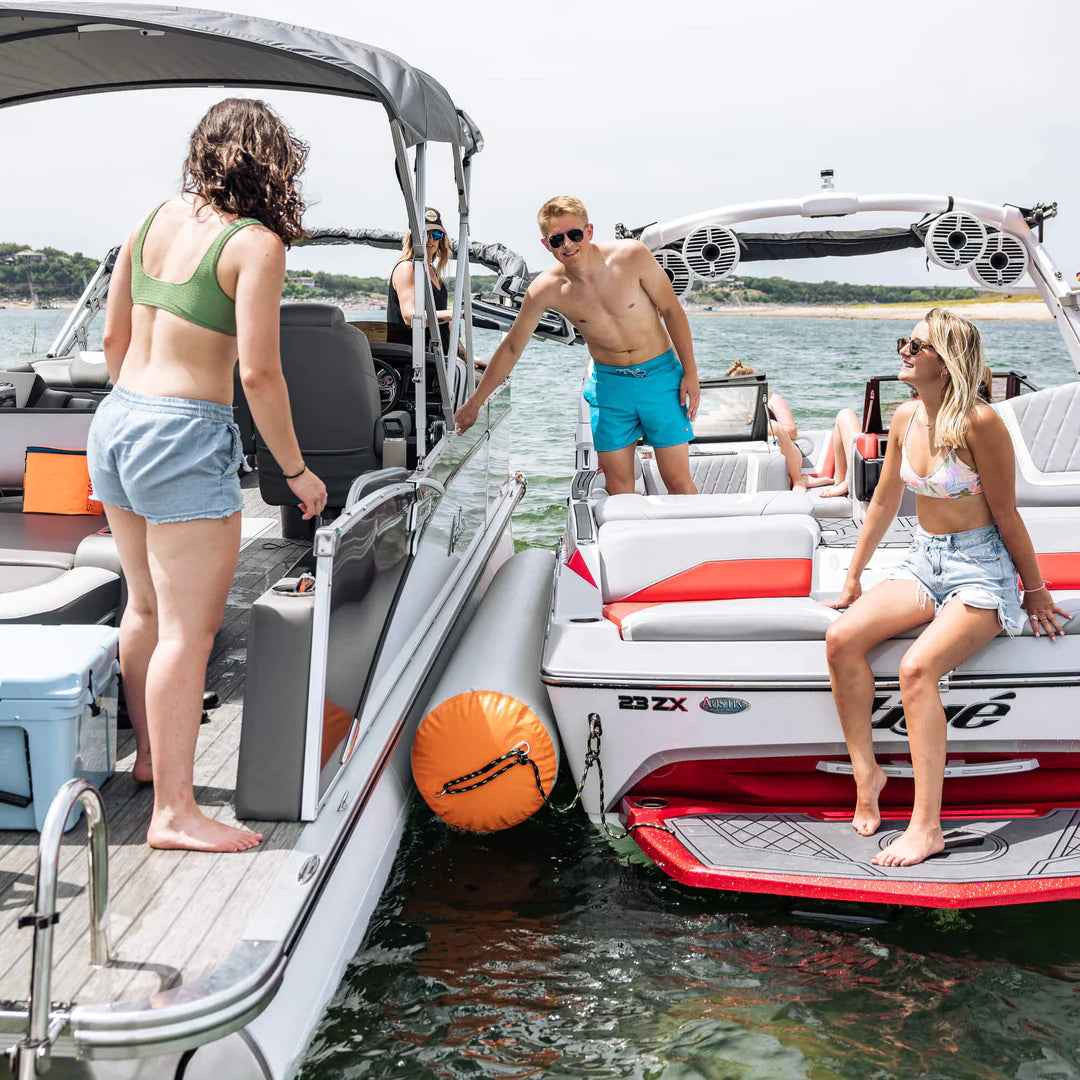How To Weight Your Boat For Wakesurfing
You can trace the evolution of the speedboat all the way back to the late 1800s when the first internal combustion engine was used to power a ferry up and down the Thames River in England. For the next 100+ years, inventors and engineers spent most of their time, money, and energy trying to build motors that were bigger, more powerful, and more efficient.
But altering a boat’s wake didn’t become the art form we know until the mid-2000s when wakeboarding and wakesurfing popularity began to swell and surfers’ skills demanded bigger, better waves.
If you’ve got a fancy boat with built-in surf platform tech, then it’s as easy as pushing a few buttons, turning a few knobs, and waiting for the magic to happen. But for the rest of us, learning how to properly ballast our boats and set up our aftermarket wakeshapers will help create a clean, surfable wake without having to drop $100,000+.
Standard Boat Wakes
As your boat carves through the water, its weight and motion displace the water around it. The water responds by rushing in to fill the sudden void. As the water collides behind the boat, it creates what’s known as “wash.” This is what creates the wake behind your boat, but it also introduces a lot of turbulence in the water which makes the wave rough and difficult to surf.

What’s a Ballast?
In boating, ballasts are weighted objects that can be placed around your boat to displace more water and create a larger wake. The heavier the boat, the lower it sits in the water, the more water it displaces, and the bigger the wake it creates.
The most common types of ballast are either hard or soft containers filled with water, sand, metal, or rocks. Your friends and family can also make great ballasts, but they might need to be bribed with a refreshing beverage to get them into position.
How Ballast Placement Affects the Wake
A lot of boaters are tempted to put all their ballast weight in the stern. This creates a wake with more height but not enough length to make it ideal for surfing.

The first step to creating a tasty wake is to distribute the total weight of your boat evenly. That includes people, the engine, and any additional ballast. For a V-drive boat, we recommend placing around 60% of the weight near the stern and 40% toward the bow.


For a direct drive boat, we recommend placing as much of the ballast weight toward the stern and near the engine.

Those are just general guidelines, so feel free to experiment with ballast placement to see what works best for your boat and your surf needs.
How MISSION Wakeshapers Affect the Wake
The second step to creating a tasty wake is to use a DELTA 2.0 or ECHO wakeshaper to clean up the surf side of the wake. Our wakeshapers introduce additional turbulence to the wake on the opposite side of the surfer, which allows the wave on the surf side to clean up naturally and without the need for an ultra-modern surf boat.

VIDEO: See how MISSION wakeshapers work
Your boat model, the number of passengers, and tons of other factors will impact how much ballast you’ll need and where you’ll need to place it. Don’t be afraid to do a few test runs without passengers or a surfer to see how your ballast and the DELTA 2.0 or ECHO impact your boat’s wake and overall performance.




